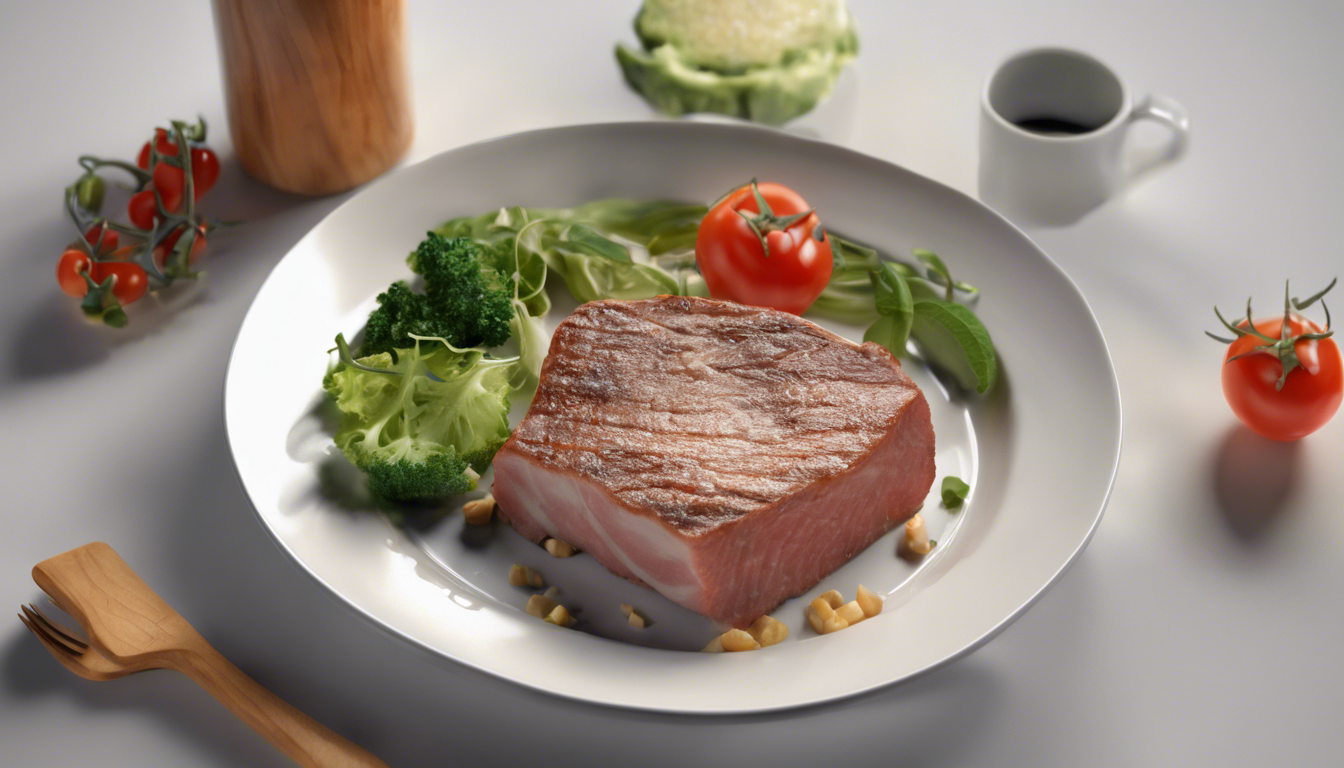
Keto Mastery: Meal Planning in Keto: Balancing Macros and Taste
In the world of dieting, the ketogenic diet has gained immense popularity for its promise of rapid weight loss, increased energy, and improved mental clarity. But embarking on a keto journey requires careful meal planning to ensure that you maintain the delicate balance of macros while still enjoying flavorful and satisfying meals. Here, we delve into the specifics of meal planning in keto, focusing on the important task of balancing macros and taste.
The Fundamentals: Understanding the Ketogenic Diet
Before diving into meal planning, it’s important to have a solid understanding of the ketogenic diet. In simple terms, keto involves consuming high-fat, moderate-protein, and low-carbohydrate foods, which stimulate your body to enter a state of ketosis. During ketosis, your body starts burning fat as its primary source of fuel instead of carbohydrates.
Macros: The Building Blocks of Your Meals
When it comes to keto meal planning, macros play a central role. Macros, short for macronutrients, refer to the three key nutrients that make up your diet: fat, protein, and carbohydrates.
Fat: In a keto diet, fat is your primary source of calories, making up 70-75% of your daily intake. Opt for healthy fats such as avocados, nuts, seeds, and olive oil.
Protein: Moderate protein consumption is essential for maintaining muscle mass on a ketogenic diet. Aim for 20-25% of your daily calorie intake from protein sources like poultry, fish, eggs, and tofu.
Carbohydrates: Restricting carbohydrates is key to achieving ketosis. Ideally, limit your carb intake to 5-10% of daily calories, mostly from non-starchy vegetables like leafy greens, broccoli, and cauliflower.
Balancing Macros: A Key to Keto Success
While it is important to maintain the appropriate ratios of fat, protein, and carbohydrates, achieving a balance is easier said than done. Here are some guidelines to help you balance your macros effectively:
- Track your intake: Use a reliable app or food journal to track your daily consumption of fat, protein, and carbs. This will enable you to adjust your meals accordingly.
- Prioritize healthy fats: Ensure that most of your fat intake comes from nutritious sources like avocados, fatty fish, nuts, and seeds.
- Choose lean protein: Opt for lean sources of protein to avoid excessive calorie intake. Skinless chicken, turkey breast, and white fish are excellent options.
- Experiment with low-carb vegetables: Discover a variety of non-starchy vegetables that fit well within your carb limit. They add color, fiber, and essential nutrients to your meals.
Taste: Spice Up Your Keto Meals
Some people mistakenly believe that a ketogenic diet is bland and devoid of flavor. On the contrary, keto meals can be delicious and satisfying with the right approach. Here are some tips to enhance the taste of your keto meals:
- Experiment with herbs and spices: Expand your culinary repertoire by incorporating flavorful herbs and spices into your dishes. Cumin, paprika, turmeric, and rosemary can add depth and complexity to your meals.
- Embrace healthy sauces and dressings: Use keto-friendly sauces and dressings to enhance the taste of your meats and salads. Opt for sugar-free and low-carb options.
- Explore new cooking methods: Grilling, roasting, and sautéing can amplify the natural flavors of your ingredients, making them more enjoyable.
- Get creative with keto-friendly recipes: Look for innovative keto recipes that combine different flavors and textures while adhering to your macros. This way, you can enjoy a diverse range of meals without sacrificing taste.
Meal planning in the ketogenic diet involves striking a delicate balance between macros and taste. By understanding the fundamental principles of keto, tracking your macros, and exploring flavorful options, you can create satisfying meals that support your health goals while tantalizing your taste buds. Embrace the challenge of keto mastery and enjoy the benefits of this rewarding lifestyle.